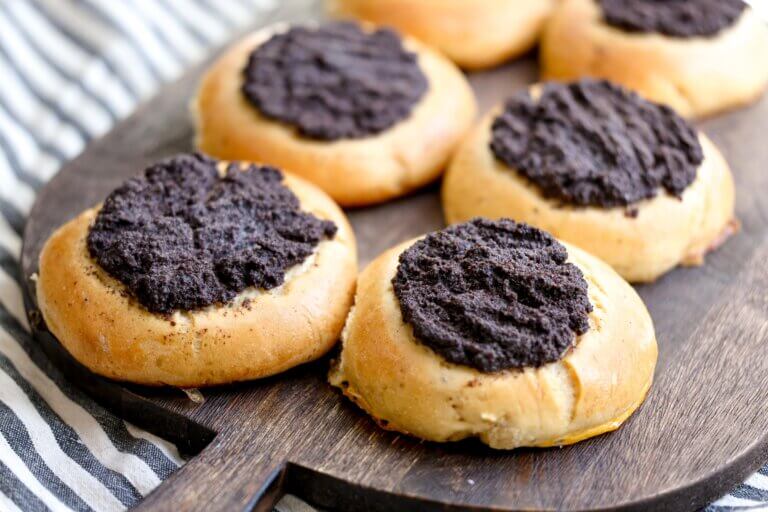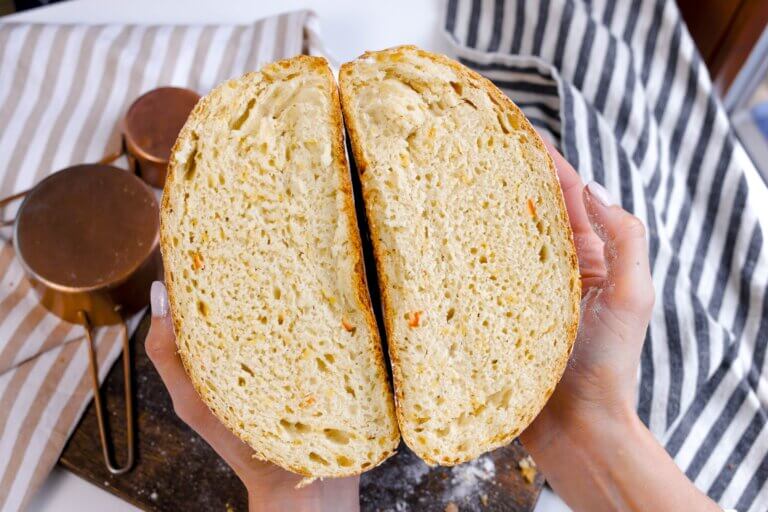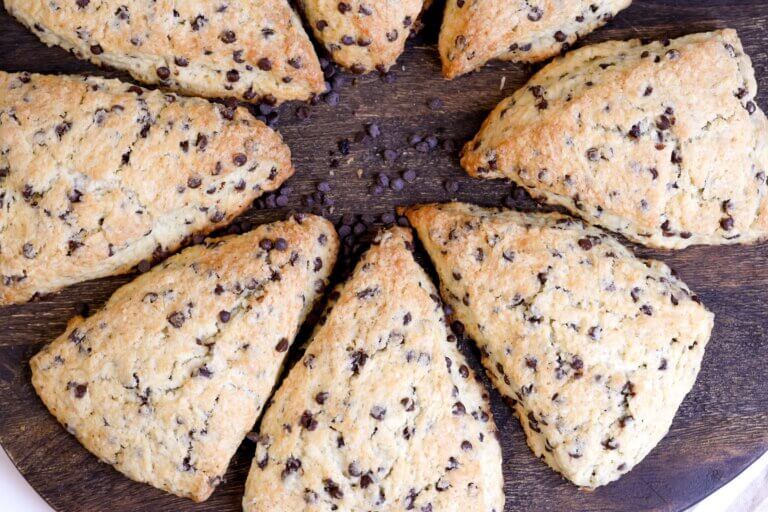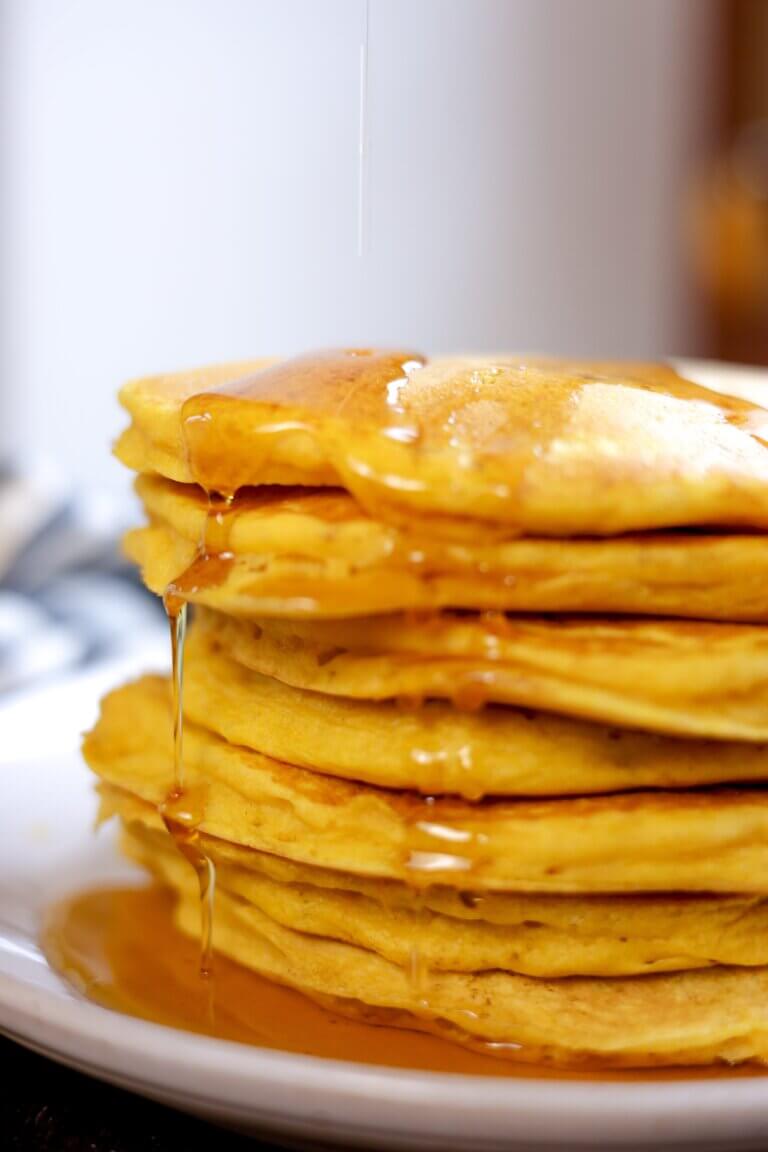How to Make Elderflower Syrup {Simple Homemade Recipe}
Elderflower Syrup Recipe at Home with fresh blooms, sugar, and water. It’s an easy, flavorful recipe that yields about 1.6 quarts (1.5 liters).
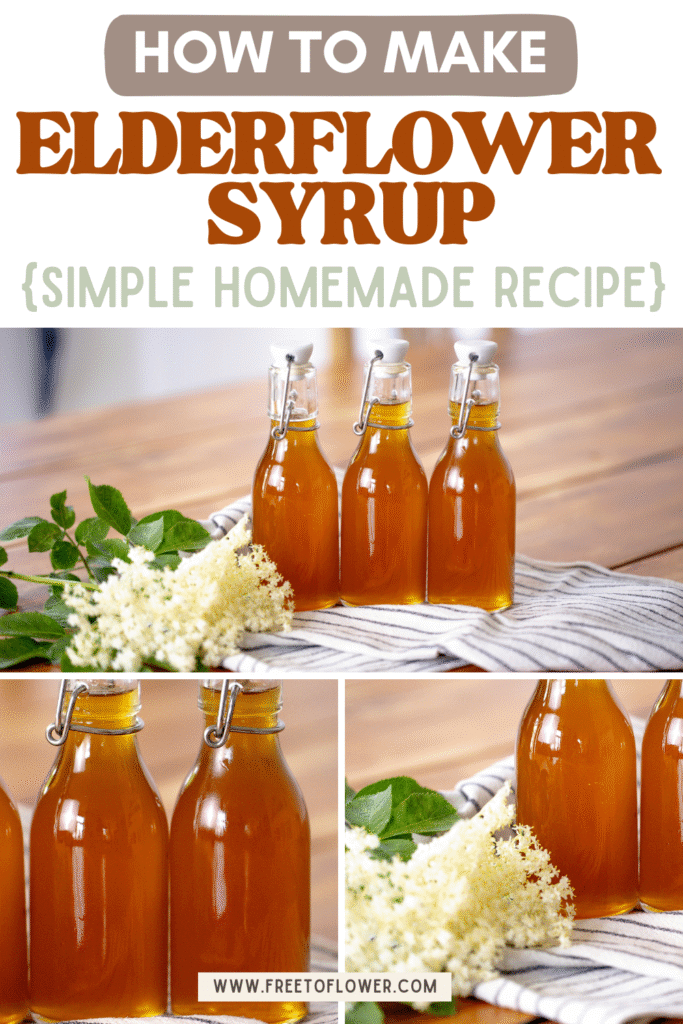
When elderflowers start blooming, I always make this syrup. It’s just sugar, water, citric acid, and fresh flower heads steeped for a day or two. After that, you strain and bottle it. It stores for months and makes the best elderflower cordial, all homemade natural goodness. You’ll find the elderflower syrup recipe down below if you’re ready to make it.
Why You’ll Love This Recipe
- Best thing you can make when elderflowers are blooming: If you’ve got elder trees in your yard or can grab some blossoms while they’re in season, this syrup’s totally worth it. Snip the heads with small stems, shake out any bugs, and skip rinsing so you don’t lose the scent. It’s one of the easiest ways to keep that flavor around long after the season’s over.
- Tastes amazing and couldn’t be easier: You make a hot simple syrup, then toss in the flowers and citric acid once it’s cooled down a bit. Let it sit for at least a day. It soaks up the flavor kind of like tea, and what you end up with is a light, floral syrup that keeps for months.
- Make one batch, use it a dozen different ways: Add a splash to sparkling water with a little lemon juice. Stir it into a glass of white wine. Drizzle it over pound cake. Pour it on fresh berries with a few lemon slices, and you’ve got an easy dessert that tastes like summer. You’ll keep finding new ways to use this elderflower syrup recipe without even trying.
What You’ll Need
Tools
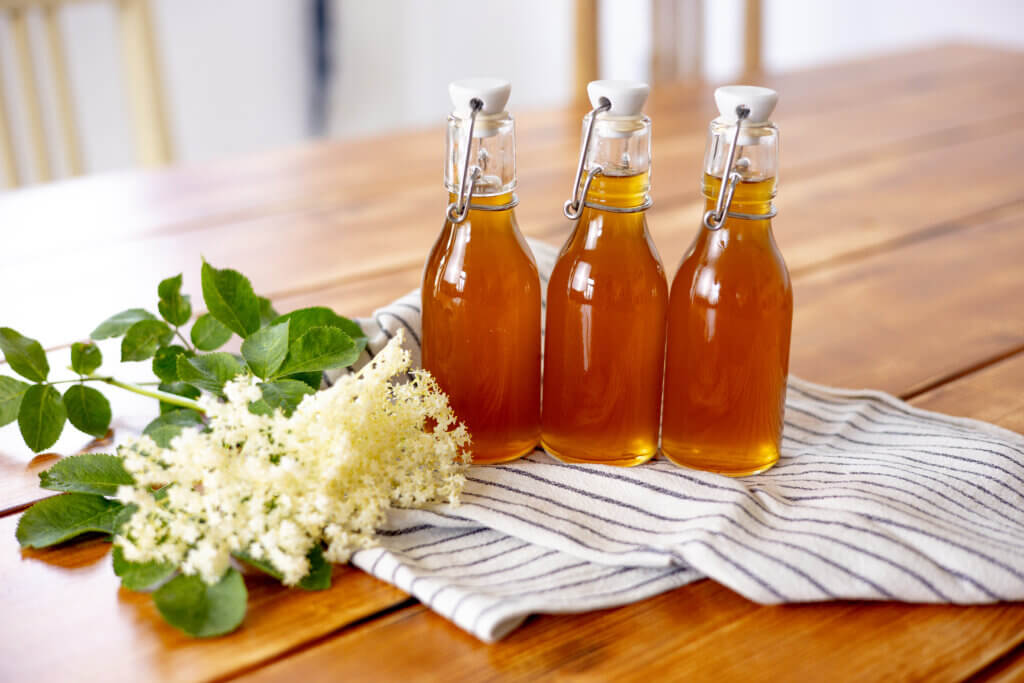
Instructions
- Prepare the syrup: In a large pot, combine 1 liter of water (about 4 1/4 cups) and 1 kilogram of sugar (about 5 cups). Bring to a boil over medium heat, stirring until the sugar fully dissolves. Remove from heat and let cool slightly (to about 70°C/160°F, warm but not boiling).
- Infuse the elderflowers: Add 100 grams (roughly 20) of elderflower heads and 10–15 grams or 2-3 spoons of citric acid to the warm syrup. Stir gently until the citric acid dissolves, cover the pot, and let steep in a cool place (like a pantry or fridge) for 24–48 hours.
- Strain: After steeping, strain the syrup through a fine-mesh strainer or cheesecloth into a clean container to remove all solids. Discard the elderflowers.
- Bottle: Pour the syrup into sterilized glass bottles (sterilize by boiling or heating at 120°C/250°F for 10 minutes) while the bottles are still warm, leaving about half-inch/1 cm of headspace. Use a funnel if needed. Seal tightly with sterilized airtight caps.
- Optional water bath (for longer shelf life): Submerge the filled bottles in a pot of boiling water for 10 minutes to create a vacuum seal. Let them cool at room temperature.
- Store: Store unopened bottles in a cool, dark place for up to 6 months (or 12 months if water-bathed). Refrigerate after opening and use within 1–3 months.
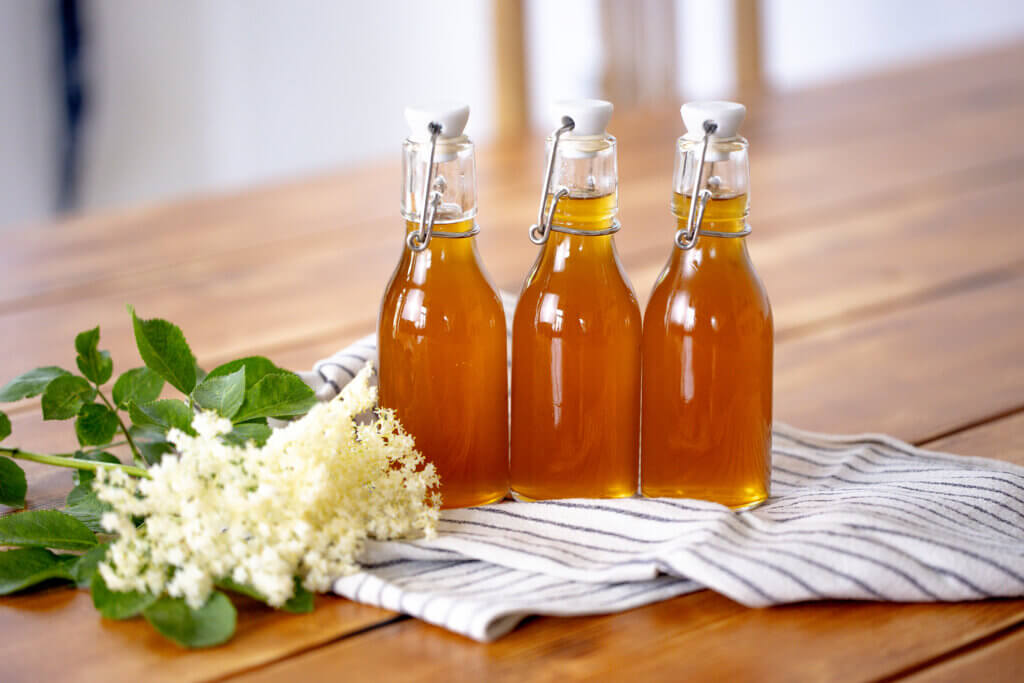
FAQ
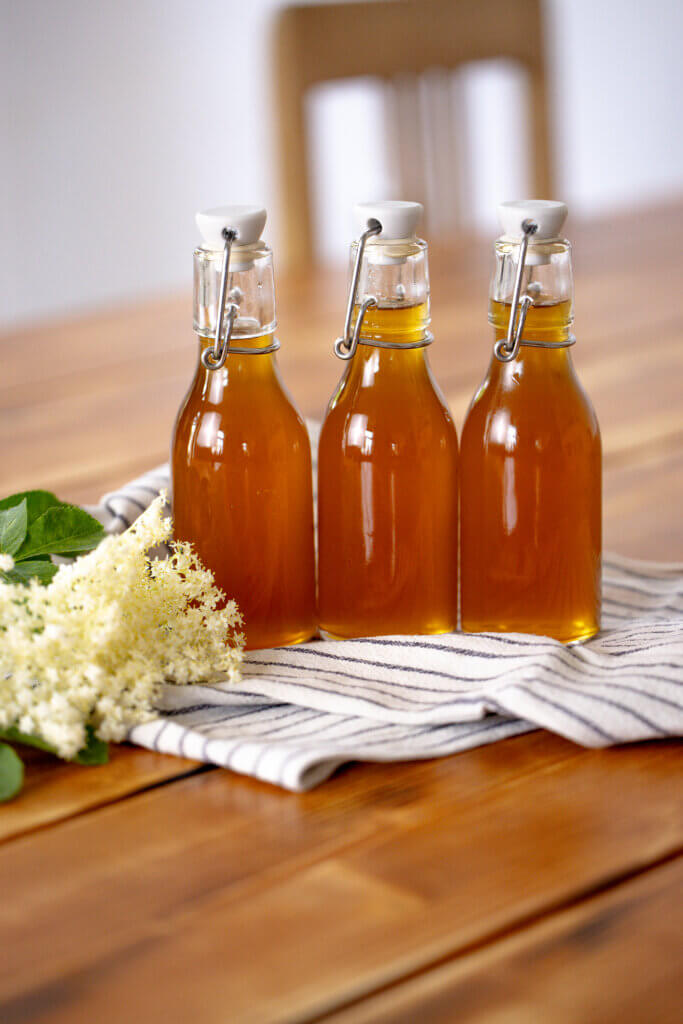
5 Best Elderflower Syrup Tips
1. Don’t rinse the flowers
Rinsing washes off the pollen, which is where the flavor and aroma come from. Simply shake each elderflower head over the sink or outside to knock off bugs and debris.
2.Let it steep the full 24 to 48 hours
Let the flowers sit in the syrup for at least 24 hours, and up to 48 if you want a bolder flavor. Keep the pot covered and leave it in a cool spot like a pantry or fridge.
3. Use bottles with airtight lids
Use glass bottles with swing tops, metal screw caps, or mason jars with new lids. If the lid doesn’t seal tight, the syrup won’t keep.
4. Taste the syrup before bottling
Give it a quick taste after straining. If it’s too sweet or tastes kind of flat, stir in a small pinch of citric acid, then taste again. Add a tiny bit at a time until it hits just right.
5. Label the bottle with the date
Grab a Sharpie and write the date right on the lid or stick on a label. It’s easy to think you’ll remember when you made it, but you won’t.
Storage
This article may contain affiliate links, which means I make a small commission at no extra cost to you. As an Amazon Associate, I earn from qualifying purchases at no extra cost to you. You can read the full disclosure policy.

